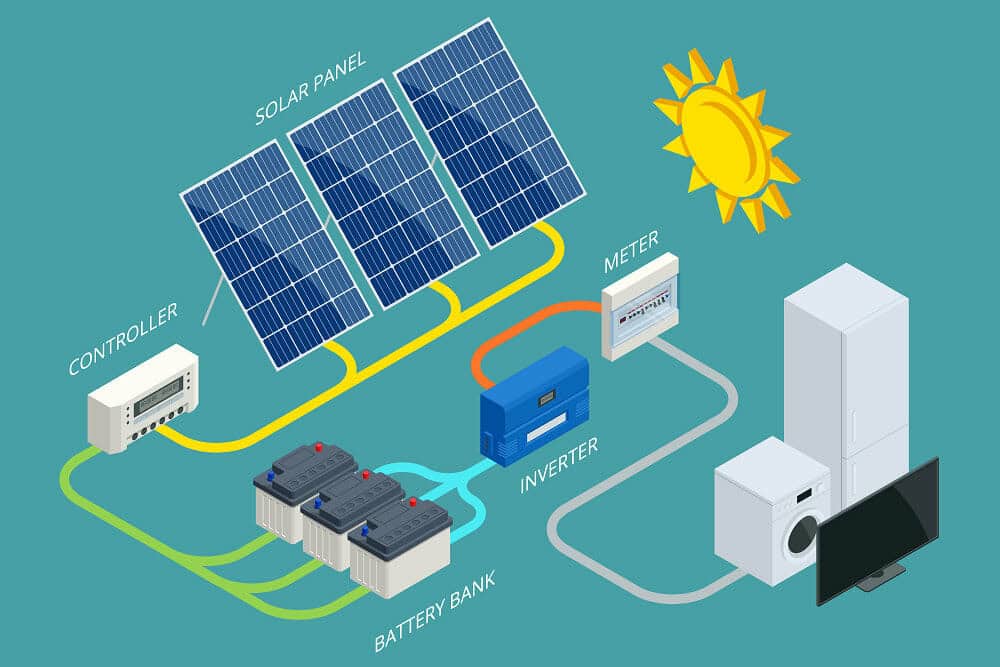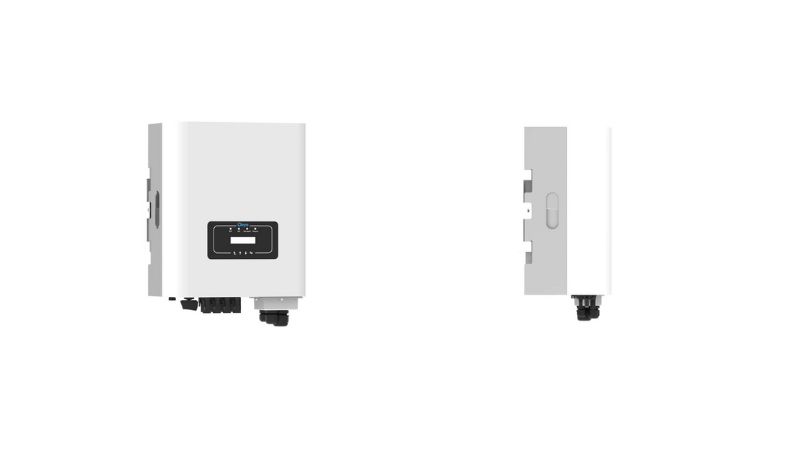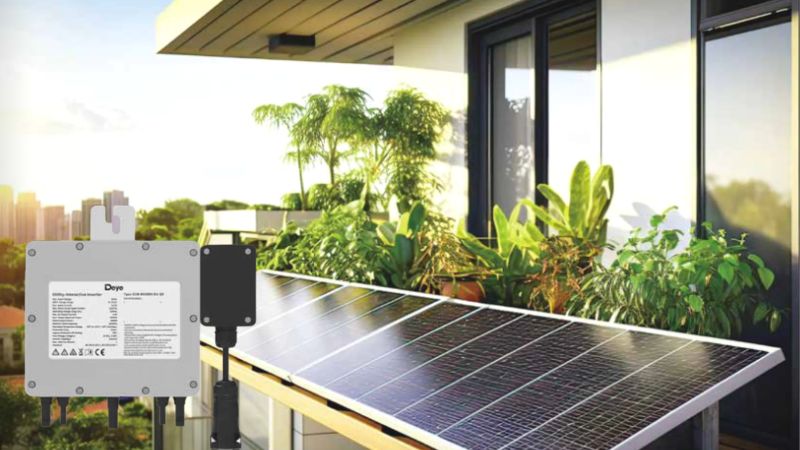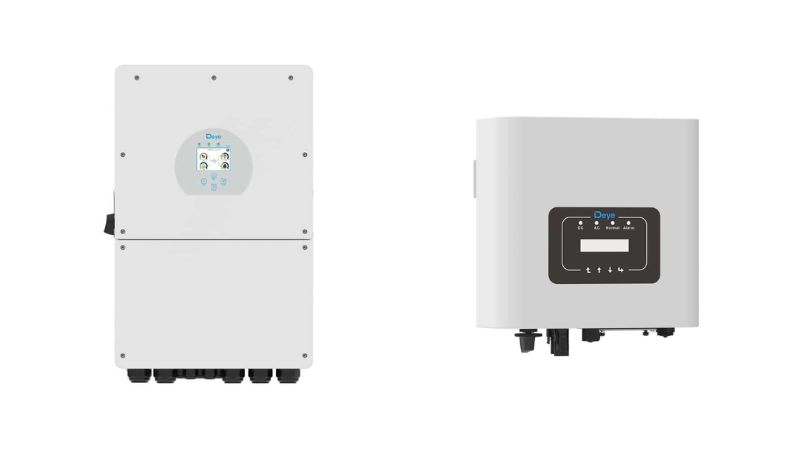Battery energy storage systems (BESS) are revolutionizing the way we store and distribute electricity. These innovative systems use rechargeable batteries to store energy from various sources, such as solar or wind power, and release it when needed. As renewable energy sources become more prevalent, battery storage systems are becoming increasingly important for maintaining a stable and reliable grid.

These systems offer numerous benefits, such as balancing the electrical grid, providing backup power during outages, and improving overall grid stability. With the rapid scaling up of energy storage systems, such technologies are critical in addressing the hour-to-hour variability of renewable energy generation, especially as the share of wind and solar power in electricity generation grows.
Key Takeaways
- Battery energy storage systems play a crucial role in maintaining grid stability with renewable energy sources.
- These systems offer backup power solutions and support overall grid reliability.
- Their importance is expected to grow as renewable energy generation continues to increase.
Overview of Battery Energy Storage Systems
Battery Energy Storage Systems (BESS) are an essential part of renewable energy solutions, allowing for the storage and distribution of electricity generated from sources like solar and wind power. As demand for clean energy increases, understanding the basics of these systems can help you make informed decisions about their applications and benefits.
Types of Batteries
There are several types of batteries used in energy storage systems, each with its own unique advantages and limitations. Common battery types include:
- Lead-acid batteries: These are the traditional and most widely-used batteries, known for their affordability and reliability. However, they have a limited lifespan and lower energy density compared to other types.
- Lithium-ion batteries: With a higher energy density and longer lifespan, lithium-ion batteries have become increasingly popular in recent years, particularly for large-scale energy storage and electric vehicles.
Components and Functions
A complete Battery Energy Storage System is comprised of several key components that work together to store and distribute electricity:
- Batteries: The core component of any BESS, batteries store the electrical energy in the form of chemical energy and release it when needed.
- Charge controller: This manages the flow of electricity between the battery and the connected energy source (e.g., solar panels), ensuring the battery is not overcharged or drained too quickly.
- Inverter: The inverter converts the stored direct current (DC) energy from the battery into alternating current (AC), which can be used by your appliances and the grid.
- Monitoring and control system: This component allows you to monitor the performance of your BESS, providing insights into its health, efficiency, and any maintenance requirements.
As you explore battery energy storage systems for your renewable energy needs, keep in mind the considerations for battery types and the essential components that make up these systems. With the right combination in place, a BESS can significantly enhance the effectiveness and reliability of your renewable energy setup.
Key Applications and Benefits
Grid Support
Battery energy storage systems can greatly support the stability of the electrical grid by providing frequency response, reserve capacity, black-start capability and other services. These systems help to improve the efficiency of the grid, enabling it to operate more reliably and flexibly. As a result, battery energy storage can reduce the need for building new pollution-emitting peak power plants and increase the capacity factor of existing resources.
Renewable Energy Integration
Integrating renewable energy, such as solar and wind, into the grid can be challenging due to their intermittent nature. With battery energy storage, you can store excess energy generated during periods of high renewable output and discharge it when needed, making the grid more resilient and accommodating a higher percentage of clean energy. This ability to store power not only helps with the transition to sustainable energy systems but can also support self-consumption and upgrade mini-grids.
Backup Power Solutions
Battery energy storage systems can also provide backup power solutions for residential, commercial, and industrial applications. In the event of a power outage or adverse conditions, energy storage can maintain the electricity supply, ensuring the continuity of essential services and increasing resiliency. These backup systems can be particularly useful in areas prone to natural disasters or where grid stability is a concern.
By investing in battery energy storage systems, you can enjoy multiple benefits, including enhanced grid support, seamless renewable energy integration, and reliable backup power solutions.
Operation and Safety
Charging and Discharging
Charging and discharging your battery energy storage system (BESS) are essential processes for its operation. Ensure you follow the manufacturer’s guidelines for charging rates, discharge rates, and overall usage protocols. This will help prolong the battery’s lifespan and maintain its optimal performance.
When operating your BESS, be mindful of the following points:
- Avoid overcharging or over-discharging the batteries as this could lead to reduced performance or potential hazards.
- Be aware of the battery’s active and idle states to prevent issues related to temperature, humidity, and ventilation.
Battery Maintenance
Regular maintenance is critical for the safe operation and longevity of your BESS. Implement a suitable maintenance schedule based on the manufacturer’s recommendations and industry standards. Key aspects of battery maintenance include:
- Periodic inspections: Check for signs of wear, leakage, and corrosion.
- Cleaning: Keep the battery and its surroundings clean and free from debris or contaminants.
- Voltage and capacity testing: Monitor the battery’s performance and health over time.
Safety Measures
Implementing safety measures is crucial to reduce the risk of incidents and ensure the safe operation of your BESS. Here are some of the recommended safety practices:
- Install proper safety devices: Equip your BESS with appropriate safety equipment such as fuses, circuit breakers, and fire suppression systems.
- Follow guidelines for installation and connection: Follow the manufacturer’s instructions for proper installation and connection within the electric power system.
- Strategic placement: Position your BESS in a well-ventilated, temperature-controlled environment away from potential sources of ignition.
- Training: Ensure that all personnel handling the BESS are adequately trained to prevent accidents and respond to emergencies.
By following these guidelines and best practices, you can ensure that your battery energy storage system operates efficiently and safely, maximizing its benefits and minimizing potential risks.
Market Trends and Future Outlook
Technological Advancements
As the battery energy storage market evolves, technological advancements are playing a key role in driving growth. For example, the electric power markets in the United States are experiencing significant structural changes, which is projected to result in large-scale battery storage contributing 10,000 megawatts to the grid between 2021 and 20231. Moreover, the price of lithium-ion battery packs has been continually decreasing, reaching an average of $151 per kilowatt-hour (kWh) in 20222. This trend is expected to contribute to increased adoption of battery energy storage systems across industries.
Here are some notable advancements:
- Development of new battery chemistries
- Improvements in energy density
- Innovative manufacturing techniques
Government Policies and Incentives
Government policies and incentives are playing a significant role in encouraging the deployment of battery energy storage systems. Initiatives aimed at promoting clean energy and reducing carbon emissions are driving increased interest in these technologies. As an example, the global energy storage market is projected to experience a 23% compound annual growth rate to 20303, with China overtaking the US as the largest energy storage market in megawatt terms3.
Some government actions influencing the market include:
- Setting emissions reduction targets
- Offering tax incentives for energy storage installations
- Implementing energy storage procurement targets
Footnotes
- EIA – U.S. Battery Storage Market Trends: (source)[https://www.eia.gov/analysis/studies/electricity/batterystorage/]
- Top 10 Energy Storage Trends in 2023 | BloombergNEF: (source)[https://about.bnef.com/blog/top-10-energy-storage-trends-in-2023/]
- 1H 2023 Energy Storage Market Outlook | BloombergNEF: (source)[https://about.bnef.com/blog/1h-2023-energy-storage-market-outlook/]
Frequently Asked Questions
How do battery energy storage systems operate?
What are the pros and cons of using a BESS?
1. Improved reliability and power quality
2. Lower energy costs through peak shaving
3. Increased integration of renewable energy sources
4. Decreased greenhouse gas emissions
Cons of using a battery energy storage system may include:
1. High upfront costs for installation
2. Limited energy storage capacity
3. Potential hazards related to battery chemistry
4. Potential decline in performance over time
Which battery type is optimal for storing energy?
How long can a battery storage system typically last?
What are some benefits of using battery energy storage?
1. Increased grid reliability and resiliency
2. Support for renewable energy integration
3. Reduced electricity costs by avoiding peak-time rates
4. Greater energy independence and self-sufficiency





